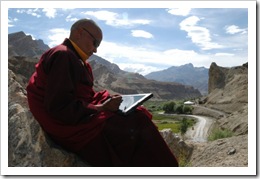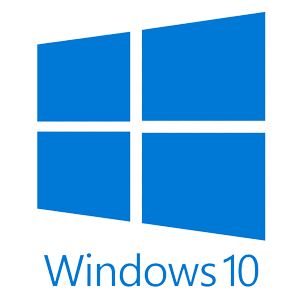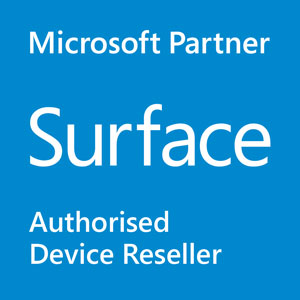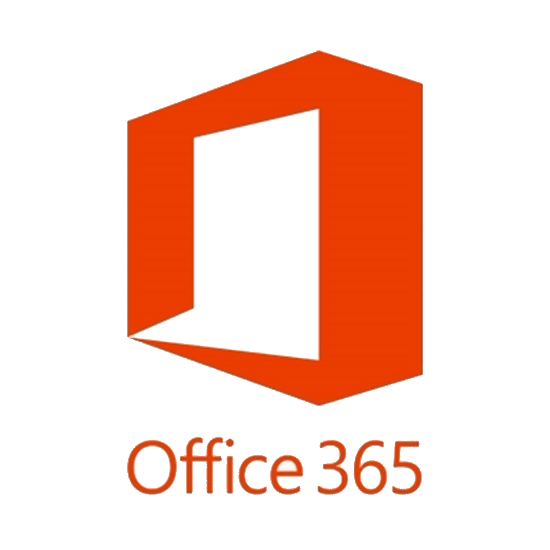 Working in the field in direct sunlight has always been challenging. Most Tablet PC vendors now offer some sort of daylight readable display. Beware though, not all daylight displays are created equal.
Working in the field in direct sunlight has always been challenging. Most Tablet PC vendors now offer some sort of daylight readable display. Beware though, not all daylight displays are created equal.
Some hardware vendors try to pass off daylight readability in terms of brightness, and brightness is measured in nits. So you might see a claim like “500 nits outdoor display.”
We all love to measure things with numbers, but nits is not a good measure of daylight readability.
Simply cranking up the brightness with a stronger backlight on a display causes a number of issues:
- Significantly reduced battery life
- Washed out colours
- Low contrast
The very best solution is actually a display that is readable on little to no brightness on.
In other words, the more readable it is with the least possible nits the better. To achieve the best outdoor readability, you need to address:
- Reflection – Minimising sunlight reflection with Anti-reflective screen coatings
- Diffusing – Reflective, transmissive and transflective technologies work to diffuse light out effectively
- Viewing angles – some achieve up to 180 degrees in all directions, so you can read the display easily at any angle
- Contrast – This is the true benchmark of daylight readability.
According to Rugged PC Review, the effective contrast of an outdoor display is:
1 + (emitted light / reflected light)
So if the reflected light is high, the emitted light needs to be higher just for the screen to be readable.
Getting reflection, diffusion, viewing angles and contrast right can mean that your display is readable outdoors with very little brightness to speak of.
The new motion J3400 is by far the best example of this. As we demonstrated in our product video, you can actually read this display in direct sunlight on the ZERO brightness setting.
That means that you can go out into the field and run much, much closer to the manufacturers claimed battery life of 7.5 hours.
The J3400 is actually the best outdoor readable screen that we’ve seen on a Tablet PC by far and it sports only 320nits.
A display that has to run at 1000nits to be viewable will of course, not be so good on batteries. So if you have to sacrifice hours in the field just to be able to read the screen, how daylight readable is it really?








So is there any chance you might start to offer some form of comparison figure between the different devices so we can know their capability without having to actually get one out-doors?
Aha! Excellent question Chaos_Crafter.
I read that there is a standard under development for exactly that. I guess it will be up to the industry to adopt that standard and subject their devices to testing in the lab.
In the meantime, we will have to continue with the “get your hands on it and see” testing method.
Such a long time an nothing seems to have happened in that regard. I’m a physicist and I could think of several quick ways to start measuring this. I would have thought that someone came up with a reproducible indoor test using a test image, a light source and a digital camera.
Andy, yes, that would be a good idea. Suprisingly, many people seem to be getting the idea though on this now.